Paul Jacoulet and “Shin-hanga (New Prints)”
About a month ago, I went to see the exhibition of Paul Jacoulet’s woodblock prints at the Karuizawa Oiwake-shuku Local Museum (Karuizawa Town, Kitasaku District, Nagano Prefecture).
(I wrote this blog too late, so the exhibition has already ended. Sorry about that.)
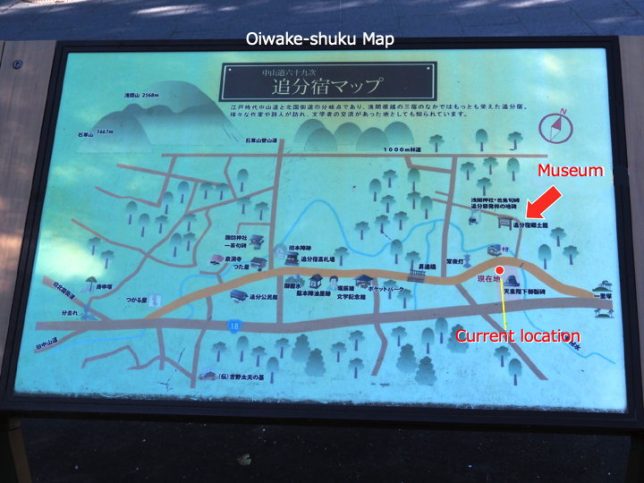
I’m currently at the parking lot of the Oiwake-shuku. This is a picture of the guide map by the parking lot. The museum is right there.
This is the Oiwake-shuku Local Museum.
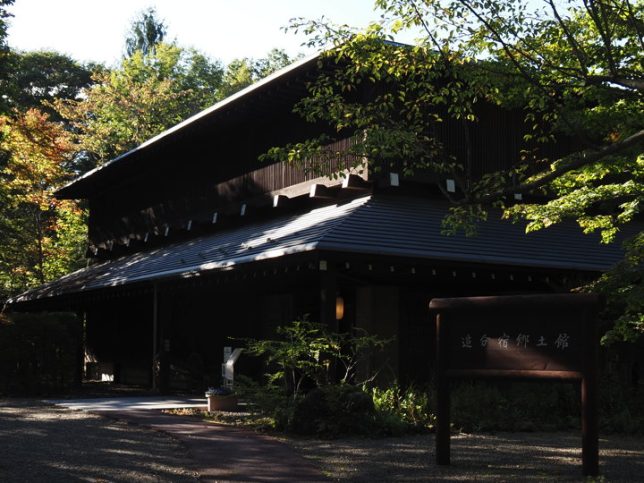
At the entrance, there is a banner of Paul Jacoulet’s exhibition.
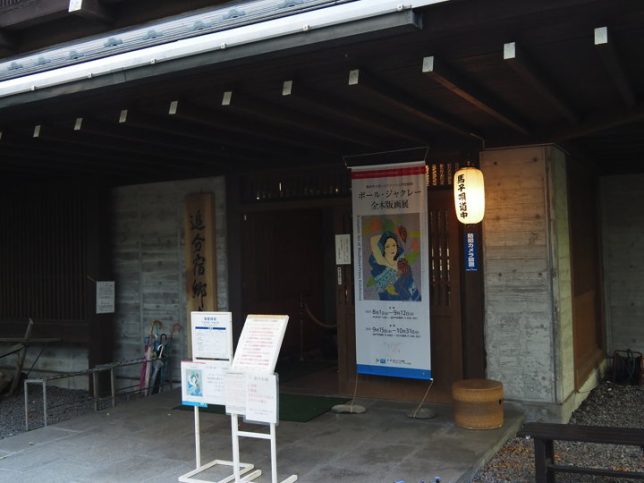
The picture used on the banner and flyer is a print titled “Les aristoloches geants, Tondano Celebes" produced in 1953.
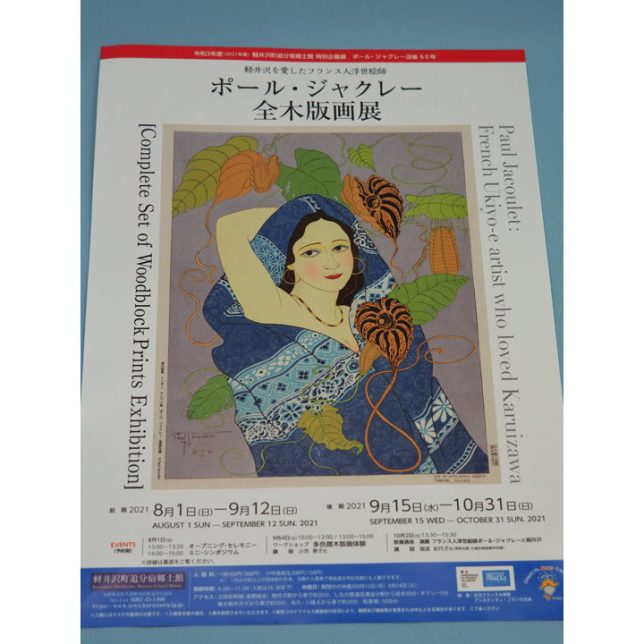
Paul Jacoulet was born in France in 1896. His father came to Japan as a French teacher in 1897, and his mother and Paul came to Japan two years later and lived in Japan thereafter.
He studied oil painting and Japanese painting from his childhood, and also learned Gidayu and Shamisen.
He began working at the French Embassy in 1920 (some say 1919), but retired by 1929 to devote himself to painting.
Before I talk about Jacoulet, I would like to talk about Japanese prints from the the Meiji period to the Taisho and early Showa periods.
At that time, there were two major trends in the Japanese woodblock prints.
This figure is based on a conceptual diagram created by Yoshida Susugu, and I simplified to show the image of only woodblock prints by removing elements such as copperplate engraving. ( The diagram is based on the one published in “History of Meiji Prints" by Shinichiro Iwakiri, Yoshikawa Kobunkan, 2009.)
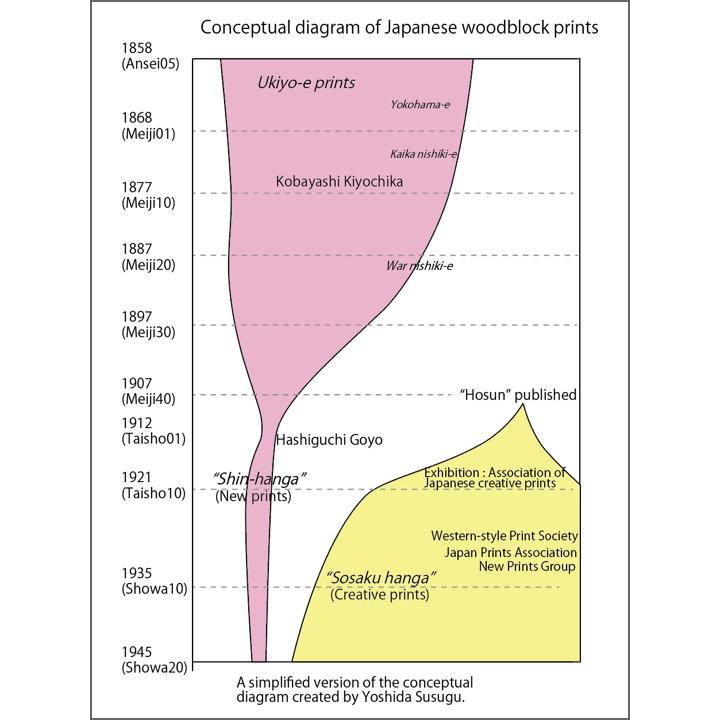
Ukiyo-e prints from the Edo period continued to be produced in the Meiji period. For example, “Kaika-e," which depicted Meiji Restoration landscapes and customs, became popular in the early Meiji period.
In addition, “war nishiki-e" were produced based on such themes as the Satsuma Rebellion and the First Sino-Japanese War. However, around the Russo-Japanese War, photographs became dominant, and the number of nishiki-e published decreased. (The flow of pink in the figure)
At the end of the Meiji era, the creative print movement arose in reaction to the emphasis on printing techniques in traditional prints. This movement emphasized the artistic aspect of printmaking, and (although it was not strict at first) the requirement was to draw, engrave, and print by oneself. (The yellow line in the figure)
In contrast, there was also a new trend in ukiyo-e prints, which were produced by the division of labor among painters, engravers, and printers.
Watanabe Shozaburo, who had been producing prints for export to foreign countries, established Watanabe Print Shop in 1906, and decided to publish prints that drawn by foreign painters or Western-style painters using the skilled engraving and printing techniques of artisans.
As for works by Japanese artists for the domestic market, “Woman at her bath" for which Hashiguchi Goyo made a sketch in 1915, seems to be the first work of the “Shin-hanga".
Drawings by Ito Shinsui, Kawase Hasui, Yamamura Kohka, and others were made into prints, and other publishers also entered the world of “Shin-hanga".
Paul Jacoulet is also positioned in the lineage of these “Shin-hanga".
In 1933, Jacoulet established the Jacoulet Print Institute at his home in Akasaka, and planned to publish prints in collaboration with Japanese engravers and printers. The following year, he published his first work, “Jeune Fille De Saipan Et Fleurs D’Hibiscus. Marianes".
After the Pacific War began in 1941, Jacoulet was supervised by military police and lived a crippled life. He evacuated to Karuizawa in 1944 and began to rent a villa and live there.
After the end of the war, GHQ officials lined up cars in front of the atelier for buyingin his prints.
Then he maintained the land and houses he had purchased in Karuizawa, and also prepared houses for printer, and produced many works.
In this exhibition, all of Jacoulet’s 162 large format works were exhibited in two periods, the first and second. I was only able to see the second period, but there were not only the prints but also the woodblocks on display.
On the second floor, a video of Kawase Hasui, a friend of Jacoulet, “Living in Prints" (1955) was also shown.
The video of Kawase Hasui was made a few years before his death, and it showed his later years. This is what Kawase looked like while sketching outdoors.
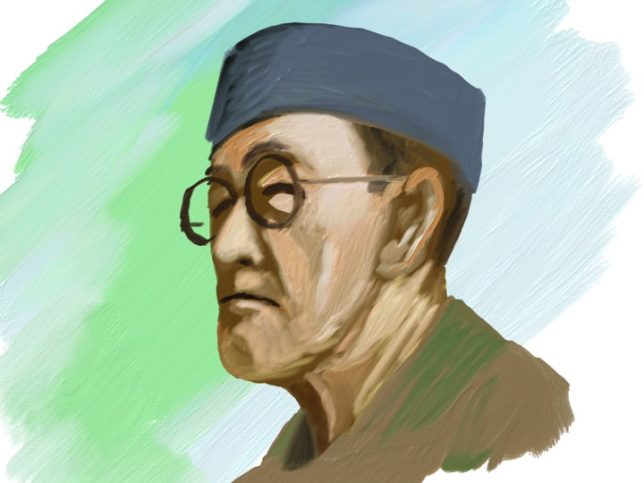
Here is a timeline of the activities of Kawase and Jacoulet.
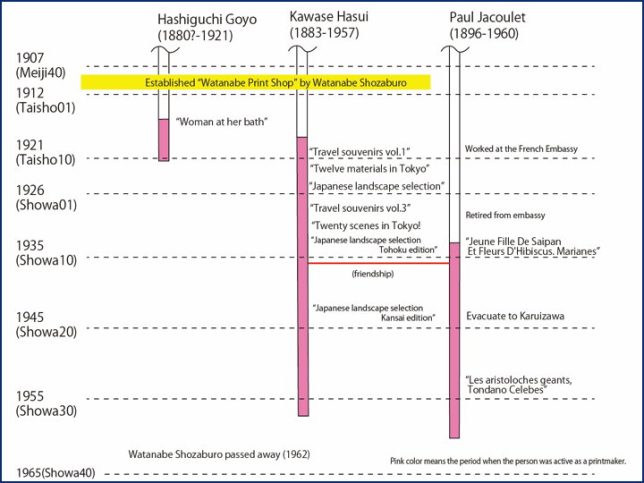
The production of “Shin-hanga" came to an end around 1960 as the artists became old. Watanabe Shozaburo, the founder of Watanabe Print Shop, also died in 1962.
However, there have been many exhibitions of Shin-hanga works in recent years, including those of Kawase Hasui and Yoshida Hiroshi.
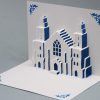
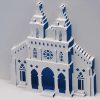
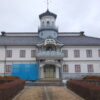
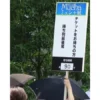

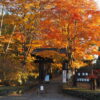

Recent Comments